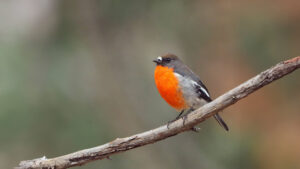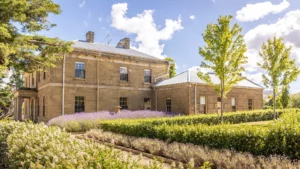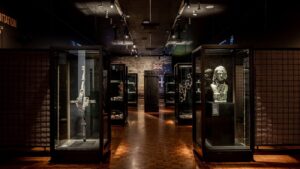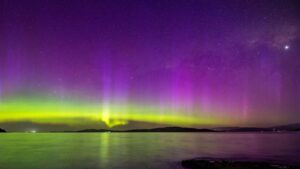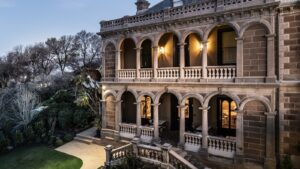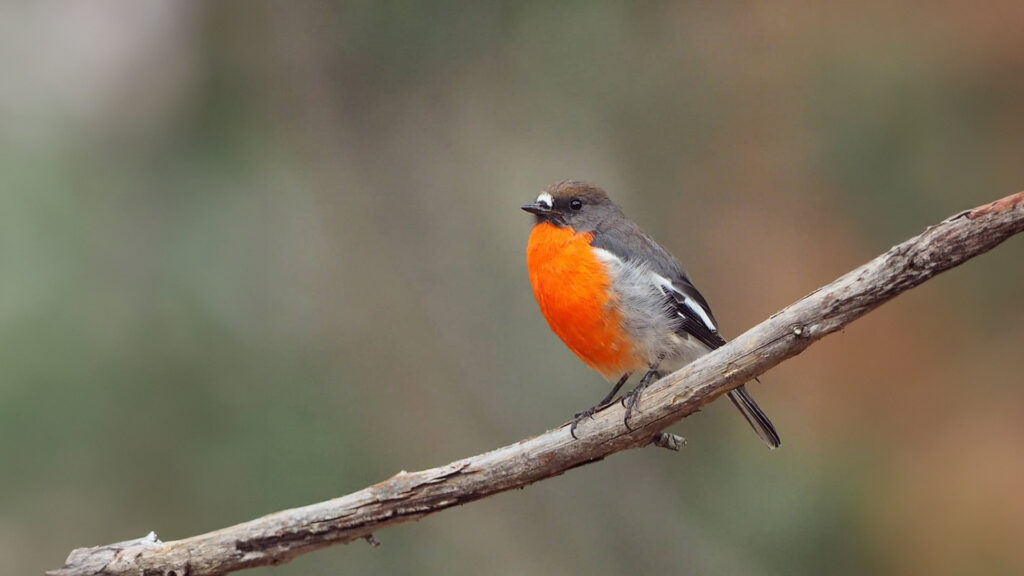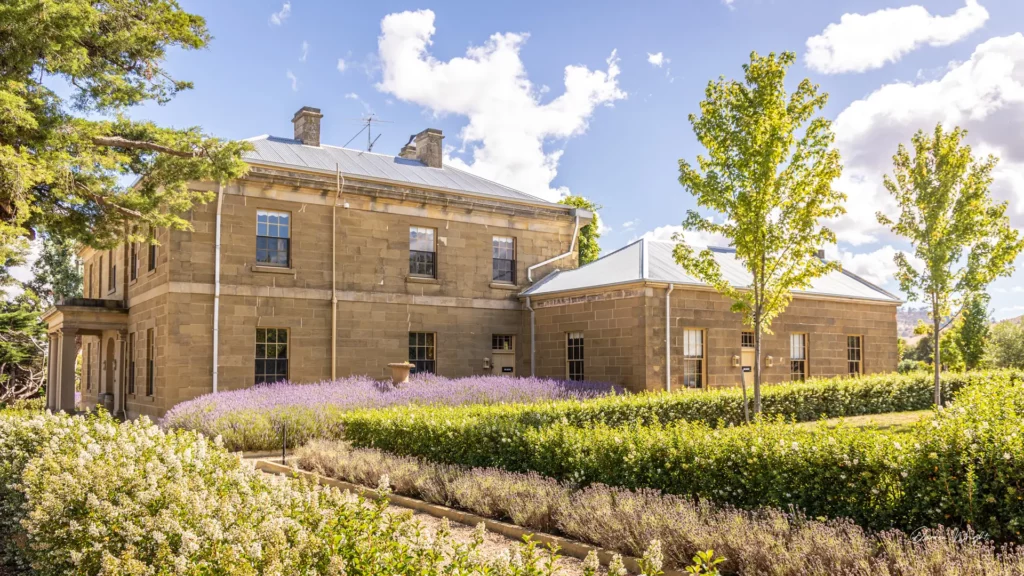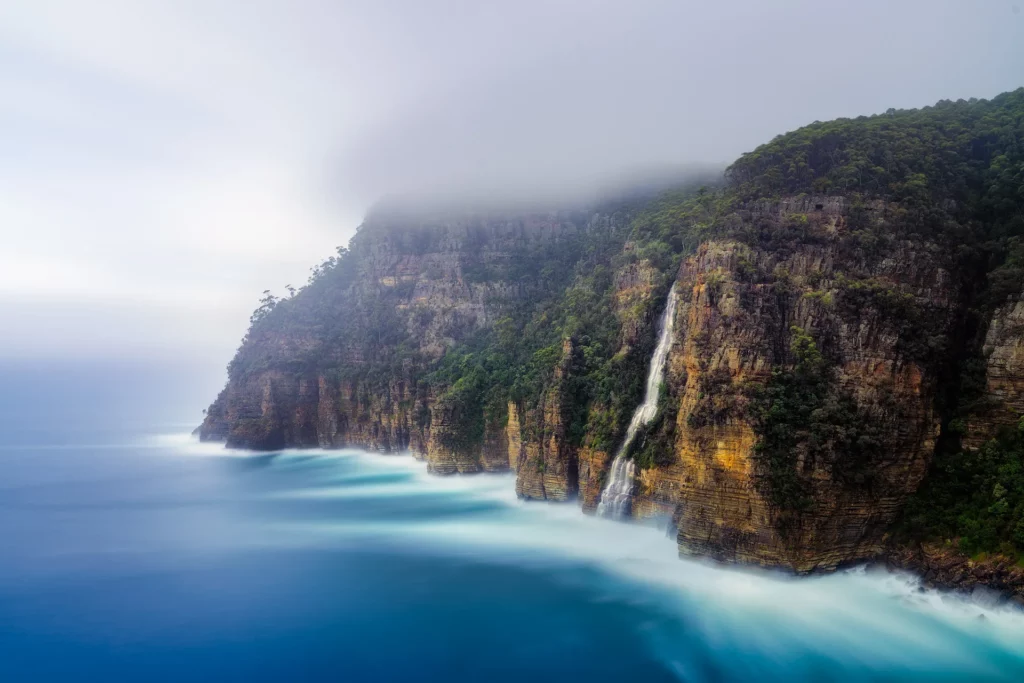The rich cultural heritage of Tasmanian Aboriginal people stretches back more than 42,000 years. There are some wonderful places to visit and insightful events to attend in Southern Tasmania that can help you learn about Aboriginal history and culture—past and present.
Places to Visit
Learn a thing or two at the following places.
1. The Tasmanian Museum & Art Gallery
The Tasmanian Museum & Art Gallery (TMAG) is a good place to start if you are interested in learning about Tasmanian Aboriginal culture and heritage, as well as the Tasmanian Aboriginal people living in Tasmania today. The newly-refreshed ningina tunapri (‘to give knowledge and understanding’) gallery is a permanent exhibition, located in the Henry Hunter Galleries on Level 1. The exhibition offers a rich and enlightening experience, exploring the journey of Tasmanian Aboriginal people and celebrating all Tasmanian Aboriginal generations.
Our land: parrawa, parrawa! Go away! is a permanent exhibition in the Bond Store Galleries on Level 2. This immersive exhibition tells the story of Aboriginal people and colonists following the invasion of lutruwita, now called Tasmania, focusing on the Black War.
2. Tasmania’s National Parks
The cultural heritage of Tasmanian Aboriginal people is preserved within the diverse landscape of the Tasmanian Wilderness World Heritage Area. Aboriginal people have lived in, used, managed and modified the landscape for more than 42,000 years. Aboriginal cultural heritage sites provide further insight into this deep connection with the land.
Cultural values such as story, song, dance, language, kinship, custom, ceremony and ritual are often associated with physical places or features within the landscape. The creation story associated with Louisa Bay and Cox Bight are presented to the public in the form of a 1.2km interpretative walking trail at Melaleuca known as the Needwonee Walk. The sculptural installations along the track are made from natural materials and as such are living and changing. Melaleuca is located within the remote Southwest National Park and is accessible via light plane, seaplane, helicopter, chartered boat, yacht, or on foot on the challenging South Coast Track (6–8 days / 85km one way).
3. The Elizabeth Street Mall
When in the city, keep an eye out for Feeling the Country, a contemporary artwork created by Michelle Maynard installed in the Elizabeth Street Mall. The artwork aims to deepen awareness of Aboriginal culture in Hobart, as well as acknowledge the cultural and historic significance of the site for Tasmanian Aboriginal and the Mouheneener people. The artwork is inspired by history and the natural environment, touching on universal questions of place, connectivity and belonging. The vibrant imagery spans the walls of the Elizabeth Mall Information Hub.
4. Local art galleries
Art is a powerful communicator. Check the list of Aboriginal artists in the Tasmanian Arts Guide to learn about the artists, their work, and where to find it. The Bett Gallery in Murray Street, Hobart, has a collection of authentic, individually selected Aboriginal paintings available to purchase.
5. Places with dual names
There are 13 places in Tasmania that have officially been assigned dual names under the Aboriginal and Dual Naming Policy. This is an important step in the ongoing recognition and preservation of lutruwita’s/Tasmania’s Aboriginal heritage and culture.
In the south, the dual named places are:
- kunanyi/Mt Wellington
- putalina (this applies to an unbounded Locality covering the cove at Oyster Cove, the Aboriginal property ‘Oyster Cove’ and adjacent lands with boundaries undefined)
- yingina/Great Lake.
6. Risdon Cove
In 1803, Lieutenant John Bowen established a settlement of 49 inhabitants at Risdon Cove. On 3 May 1804, the first recorded massacre of Aboriginal people in Van Diemen’s Land occurred there. Today, Risdon Cove is managed by the Tasmanian Aboriginal Centre (TAC). The Cultural Learning Centre onsite is used for Aboriginal community gatherings and events, cultural activities, and childcare. The TAC also run insightful and educational cultural awareness training onsite, which is particularly valuable for workplace groups.
Check out the upcoming events in Southern Tasmania.
We love it when you share your adventures with us! Share your snaps by tagging @hobartandbeyond and using #HobartandBeyond on Instagram and Facebook – we’ll share our favourite pics on social media and in the blog.
Related posts:
No Car Required: Tips for Exploring Hobart on Foot
Top 10 Things to Do in Hobart
24 Spots for a Summer Beverage in Southern Tasmania
The Ultimate Day out at Mona Museum
16 Unique Places to Stay in Southern Tasmania
For Foodies: Cooking Schools in Southern Tasmania
Enjoy a Premium Fly Fishing Getaway in Tasmania
Header image:
Photographer: Ross Giblin
Image supplied by Tasmanian E-Bike Adventures
Words:
Isabel Galloway

